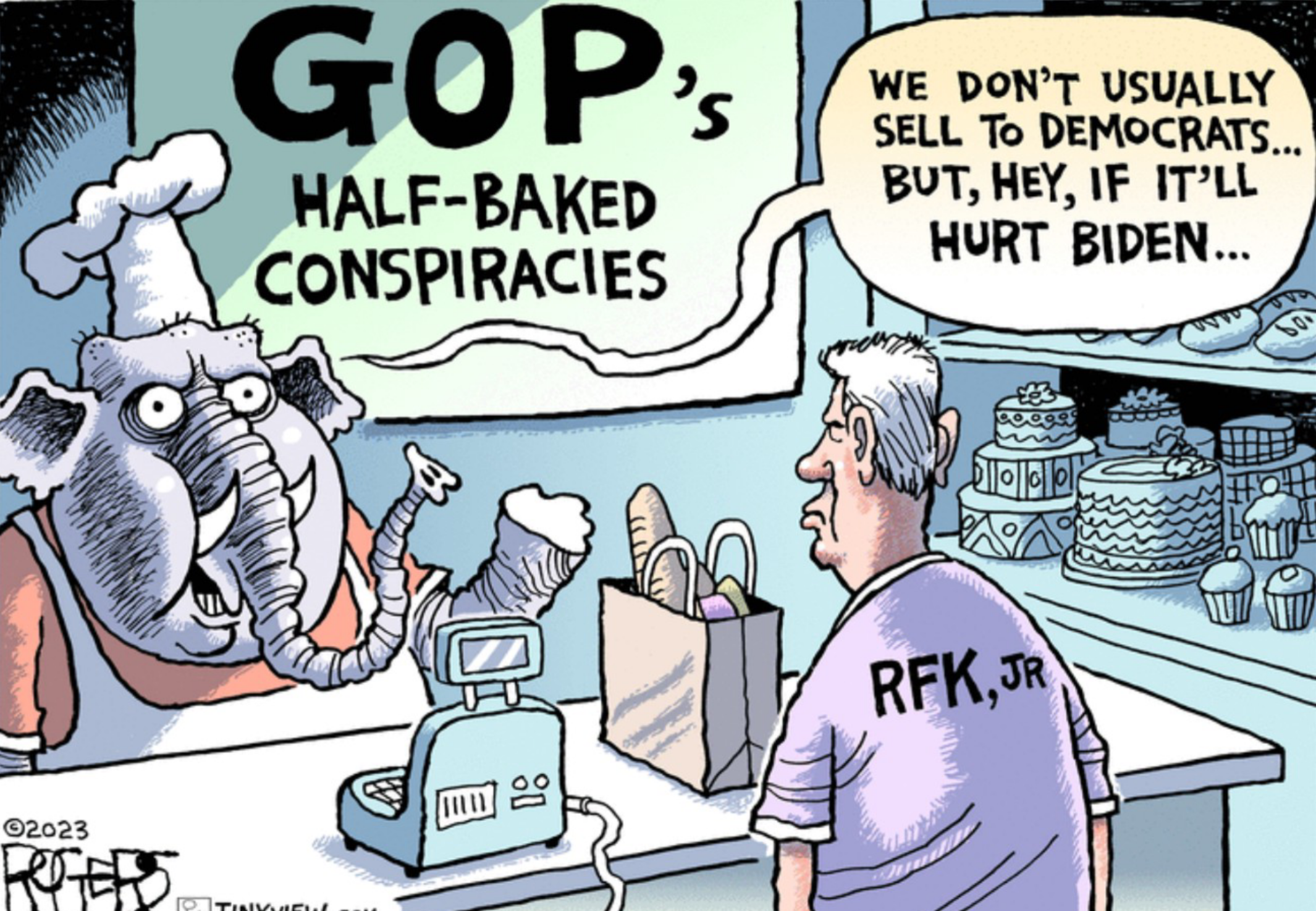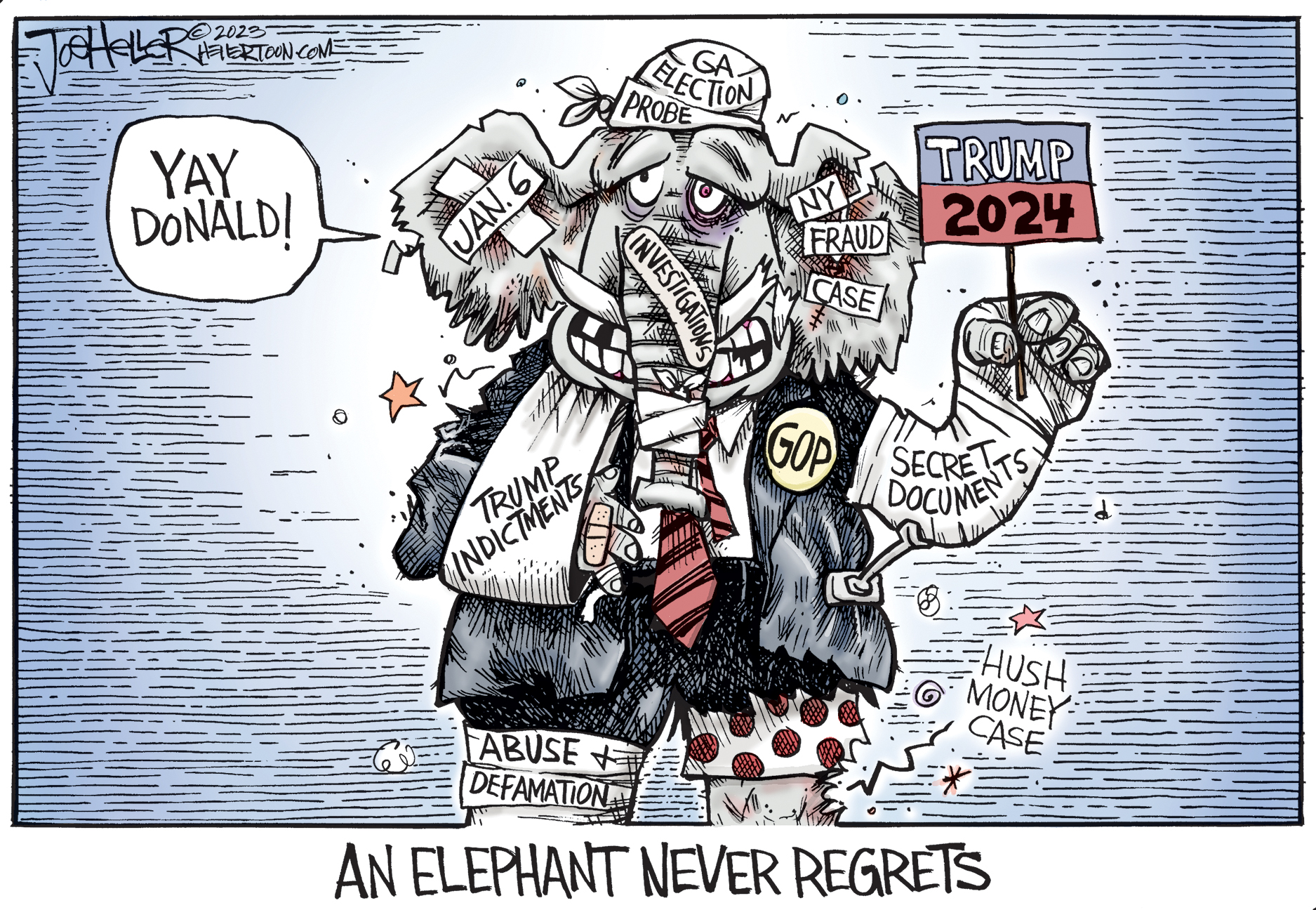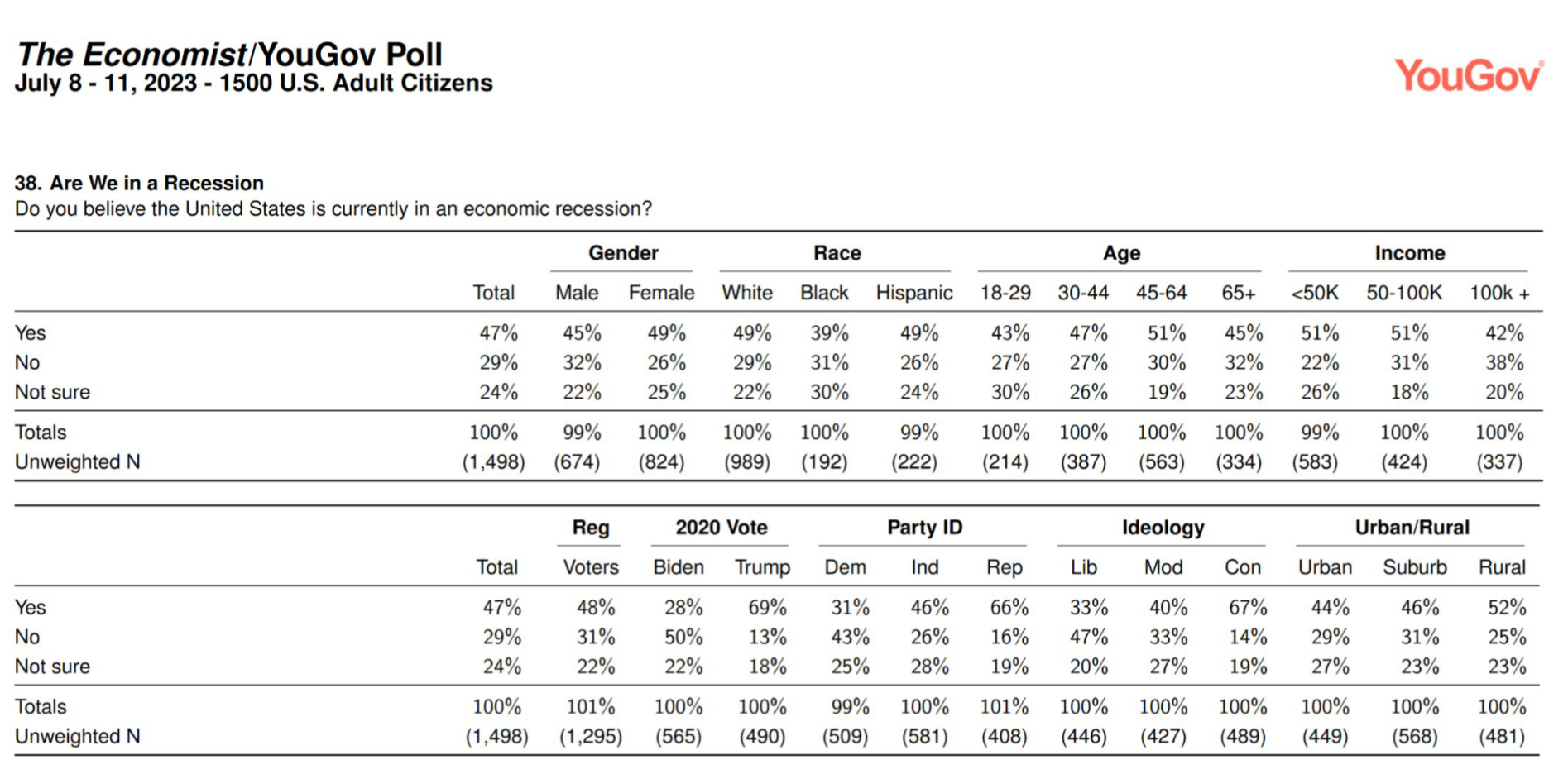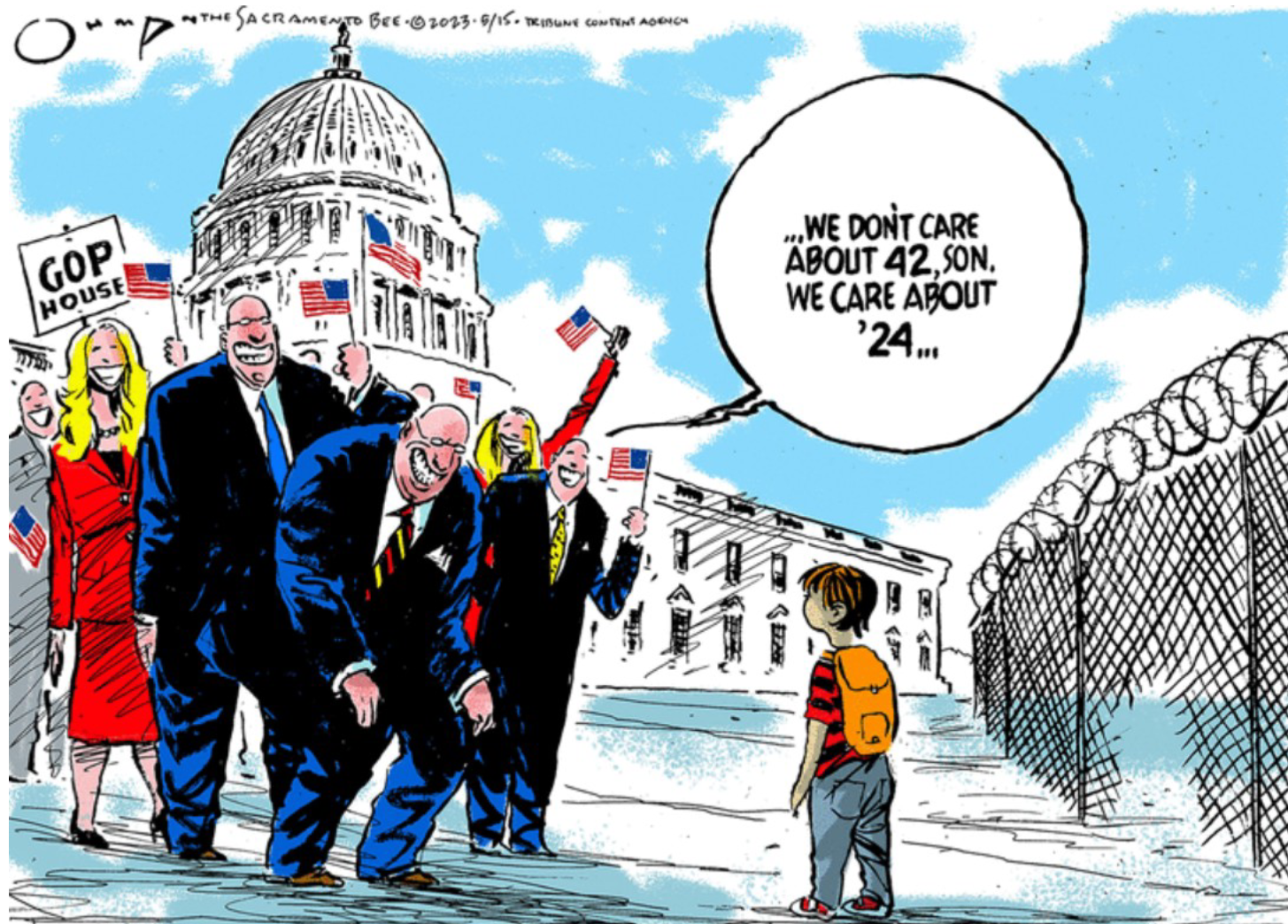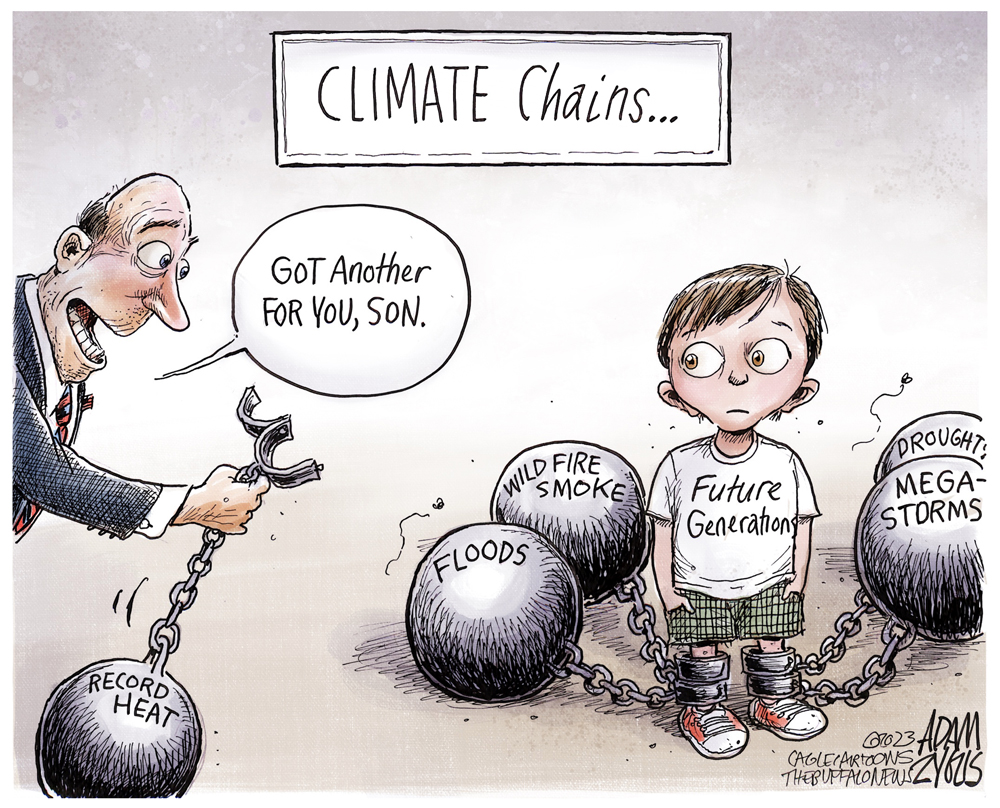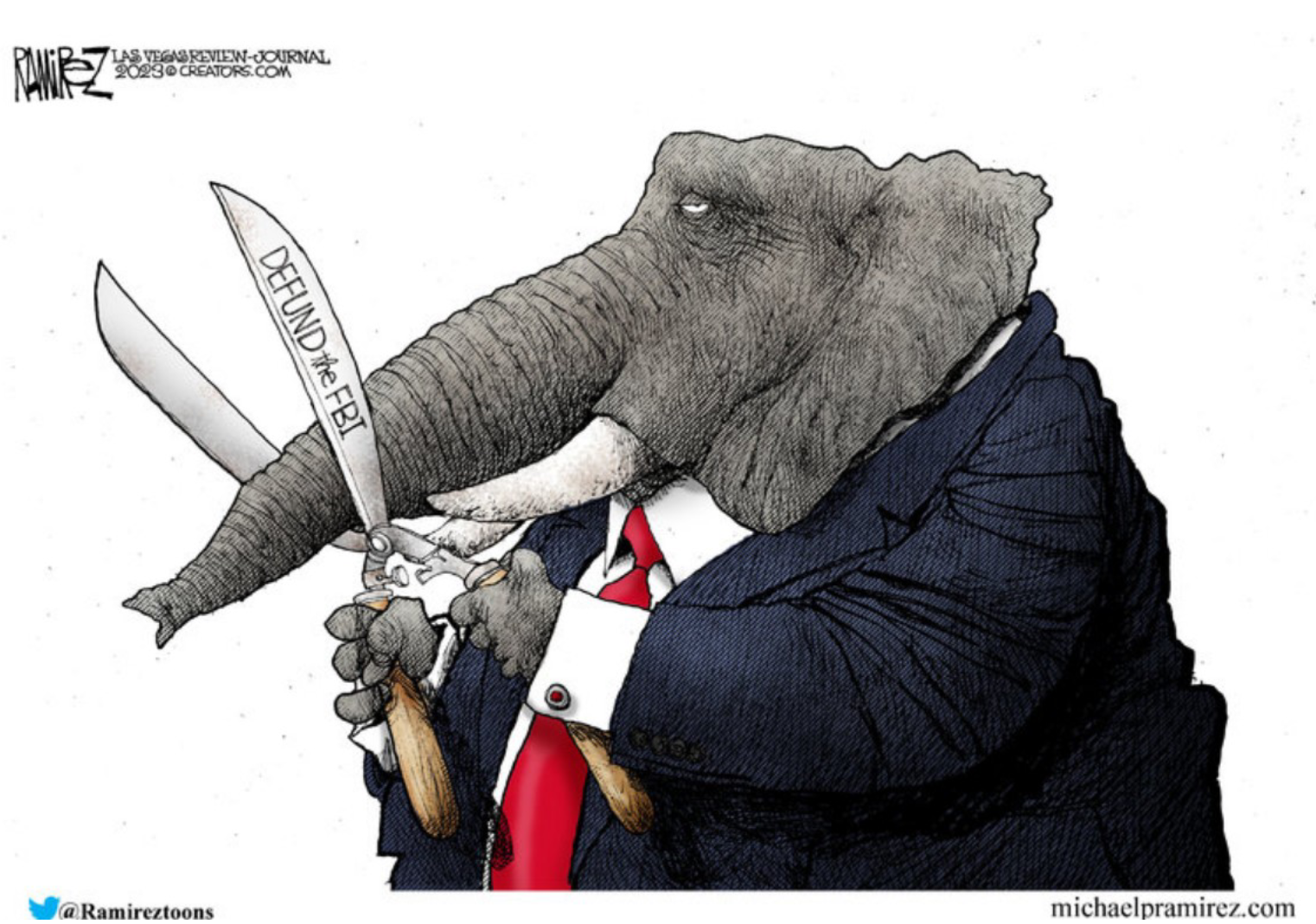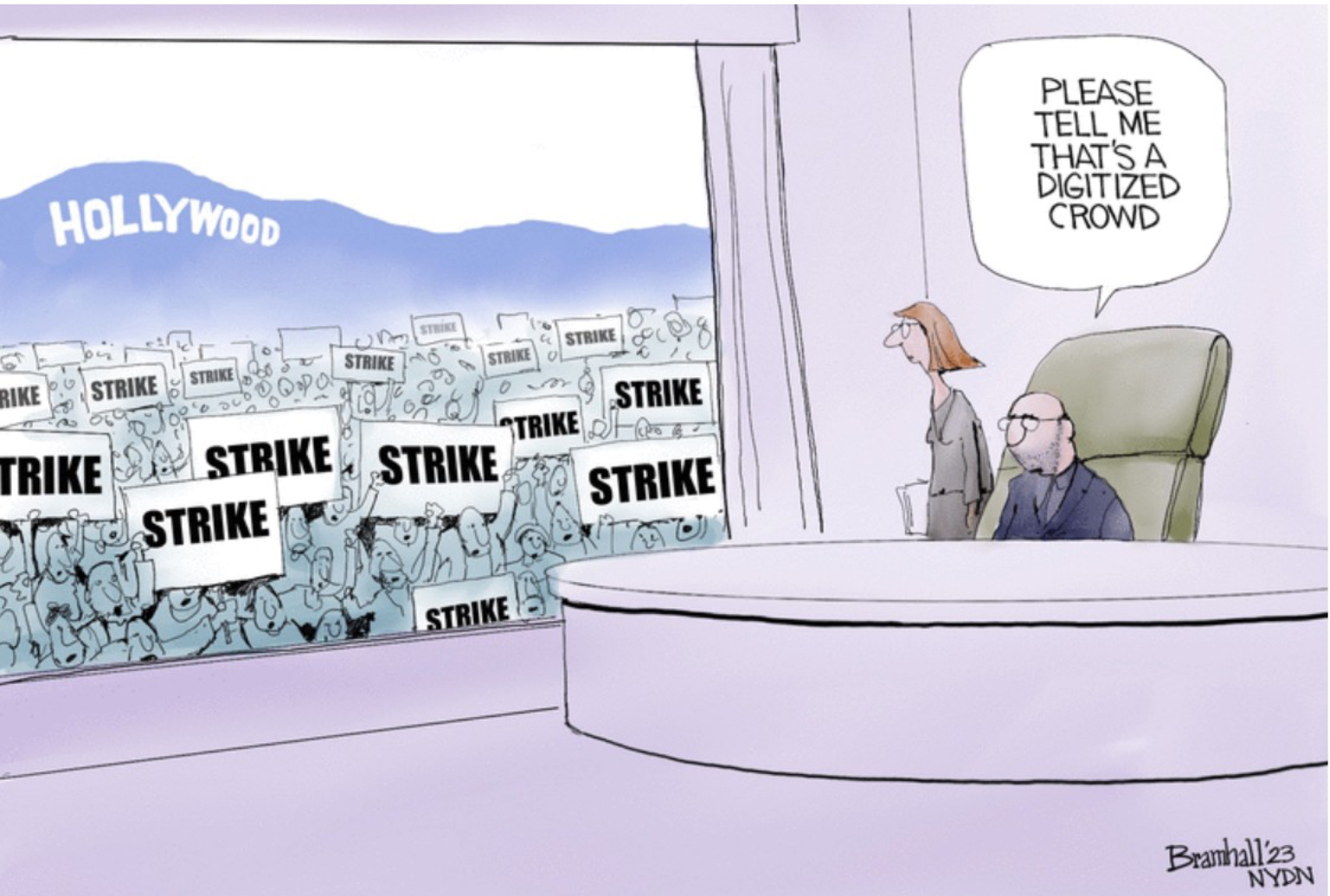The Daily Escape:
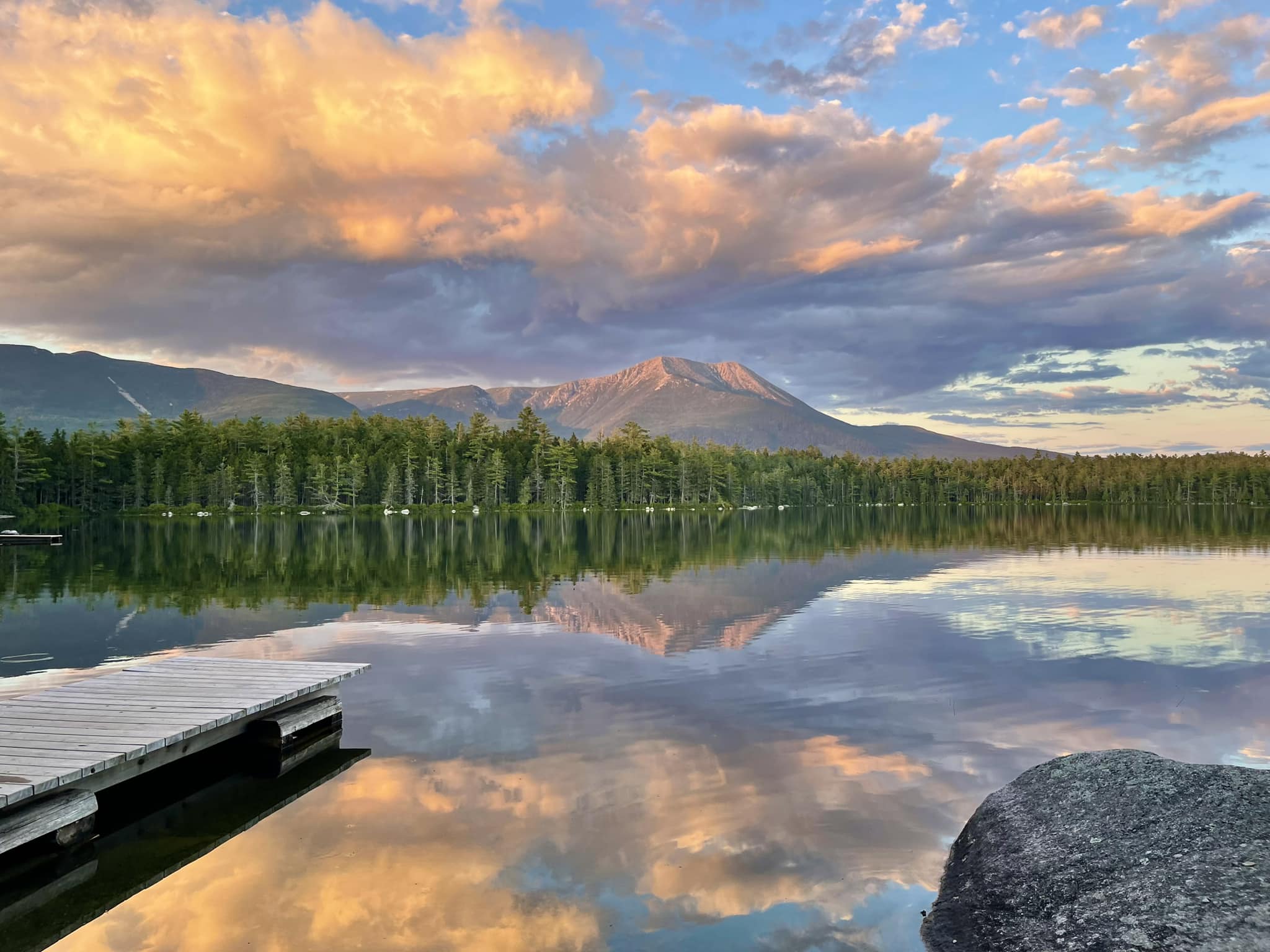
Daicey Pond, Baxter State Park, ME – July 2023 photo by Lily Hurd
And we’re back! Apparently we didn’t miss much, just that July was the hottest month in the Earth’s history, and there was a new Trump indictment to go along with the others. And the Eagles announced that they will be starting their farewell tour. Another farewell tour?
While listening to the BBC, Wrongo heard a pundit say that “indictments are Trump’s big political problem while Biden’s is the economy”.
Really? Lots of Americans still think the economy is doing poorly, and are upset about it. People have already forgotten just how much economic dislocation happened during the pandemic. We’re still in the midst of rebuilding the economy and getting back to normal. The pandemic was a stark reminder of just how fragile America’s supply chains are and why they needed shoring up.
But looking at objective measures, it’s impossible to think the economy is bad. Because from the actual numbers, this economy is doing really well. Noah Smith asks: What do we want from the economy?
- We want employment to be high, meaning that as many people as possible who want jobs can get them.
- We want inflation to be low, so that people have certainty about how far their paycheck and their savings will go in the future.
- We want real incomes to rise, meaning that we’re able to consume more than we could in the past, or save more if we want to.
And all three of these are happening right now, so maybe we’ve been in a “vibesession”, rather than in a recession. Maybe decades of no-to-low inflation left people psychologically unprepared for what a modestly sharp but short inflationary period would feel like.
Also, our political polarization has led to many people wishing for the worst possible economic outcomes. That, more than anything else, is probably driving the narrative. Think of it like this: The average American’s reaction to rapidly rising prices and wages:
1) Wages go up: I did that
2) Prices go up: The economy did this to me
Conclusion? I’m good, but the economy is bad.
Despite that thinking, things really look fine! GDP growth is moderate. Inflation is cooling. The labor market is humming along. From the NYT’s Peter Baker:
“Inflation at long last is down. So are gas prices and Covid deaths and violent crime and illegal immigration. Unemployment remains near record lows. The economy, meanwhile, is growing, wages are climbing, consumer confidence is rising and the stock market is surging.”
Everything is headed in the right direction except for Biden’s approval rating.
Democrats had a major breakthrough in 2020 and 2021 when under Biden, the federal government finally spent at the levels we thought were required to pull the country out of an economic nosedive. The results were terrific. We’ve had positive effects on incomes, poverty, unemployment, and economic growth. However, when inflation really hit, Republicans and the economic establishment launched their counter-offensive: They blamed inflation on Biden’s programs. And that’s partially true.
Two things: Democrats haven’t unified around a program for fighting inflation that could be seen by Americans as an alternative to austerity. And Dems need an elevator pitch for voters that says, “we’re on top of the economy’s problems”.
According to the WaPo, a slide show circulating in June in DC showed that in polling, the Party was losing badly to the GOP on the most important issue of voters: the economy. The recommendation was that Dems shift messaging to “growing the middle class.” It was then that Biden started talking about “Bidenomics”. From Vox:
“Bidenomics is a…way to package some very real things. Legislatively, it entails items such as the American Rescue Plan, the Inflation Reduction Act, the bipartisan infrastructure bill, and the CHIPS Act. On the regulatory front, it tries to boost competition in ways big, such as antitrust enforcement, and small, like eliminating junk fees.”
In contrast to both supply-side economics and neoliberalism, Biden is focused on altering the structure of the economy. Over the past year, manufacturing construction in hi-tech electronics, which the administration has subsidized through the Chips and the Inflation Reduction Act, has quadrupled. Tens of $ billions in infrastructure spending has funneled to the states for roads, water systems and internet upgrades. More clean-energy manufacturing facilities have been announced in the last year than in the previous seven years combined.
Even though polling shows that voters trust Republicans over Democrats on the economy, historically the economy has generally done better under Democrats. There’s no single reason that’s the case, but it’s true that Republicans have a straightforward message on the economy — spend less, slash taxes, weaken government oversight — that’s easy to understand.
Bidenomics is a way to try to change that. The goal of Bidenomics is two-pronged: To get Americans to see all of the good that there is in the economy right now, and to tie it back to Biden.
If Bidenomics continues to alter the structure of the economy in ways that help the vast majority, voters will give Biden another term and possibly reward Democrats with both Houses of Congress.
And if Bidenomics is successful, it will make the American economy stronger and fairer in the future.
Let’s close today by remembering Sinéad O’Connor, who died in July:

This wall art was painted by emmaleneblake in Dublin near The George, a gay bar. Sinéad was right about the Church. Let the memory of her anger be fuel for other battles!






